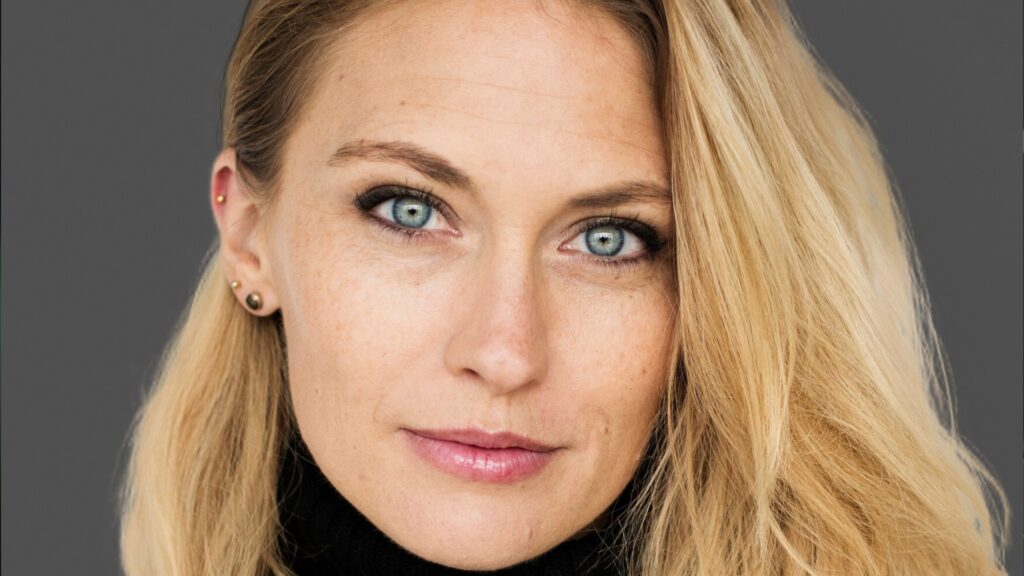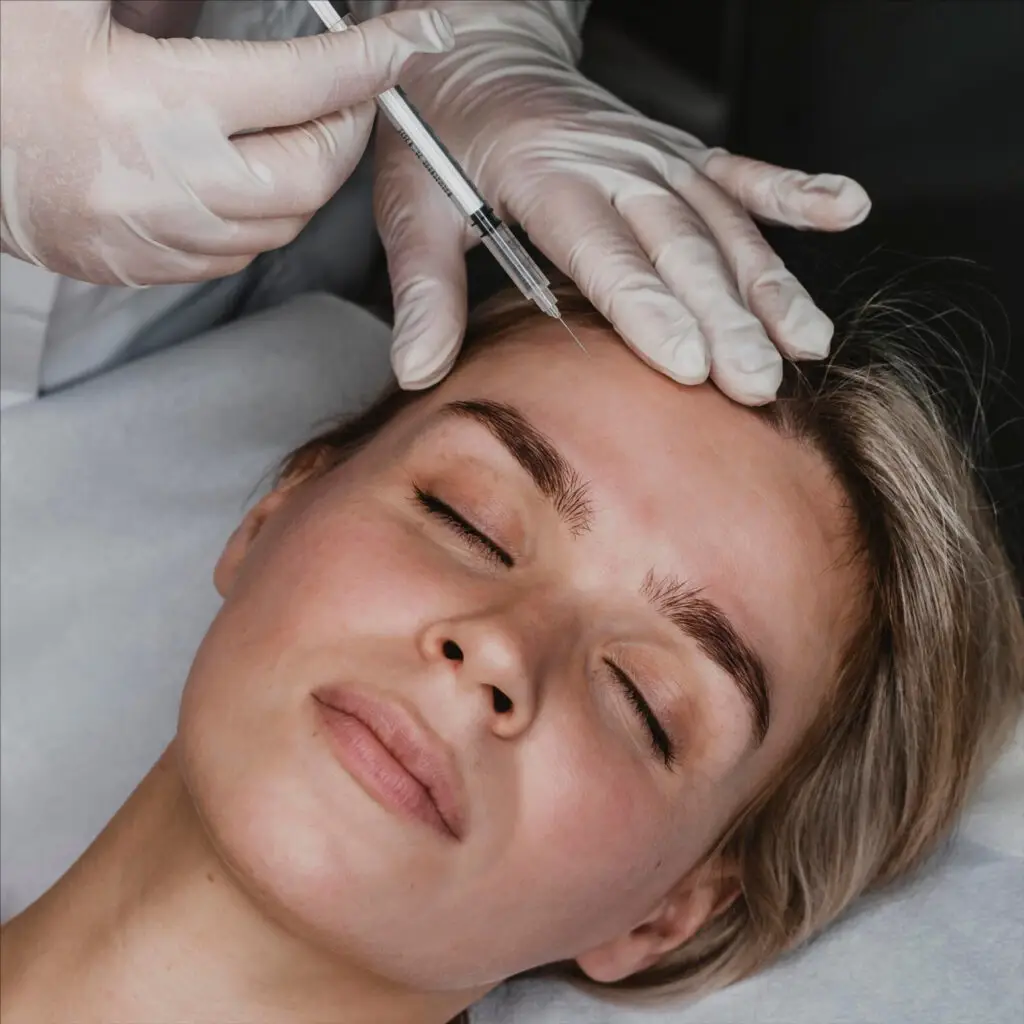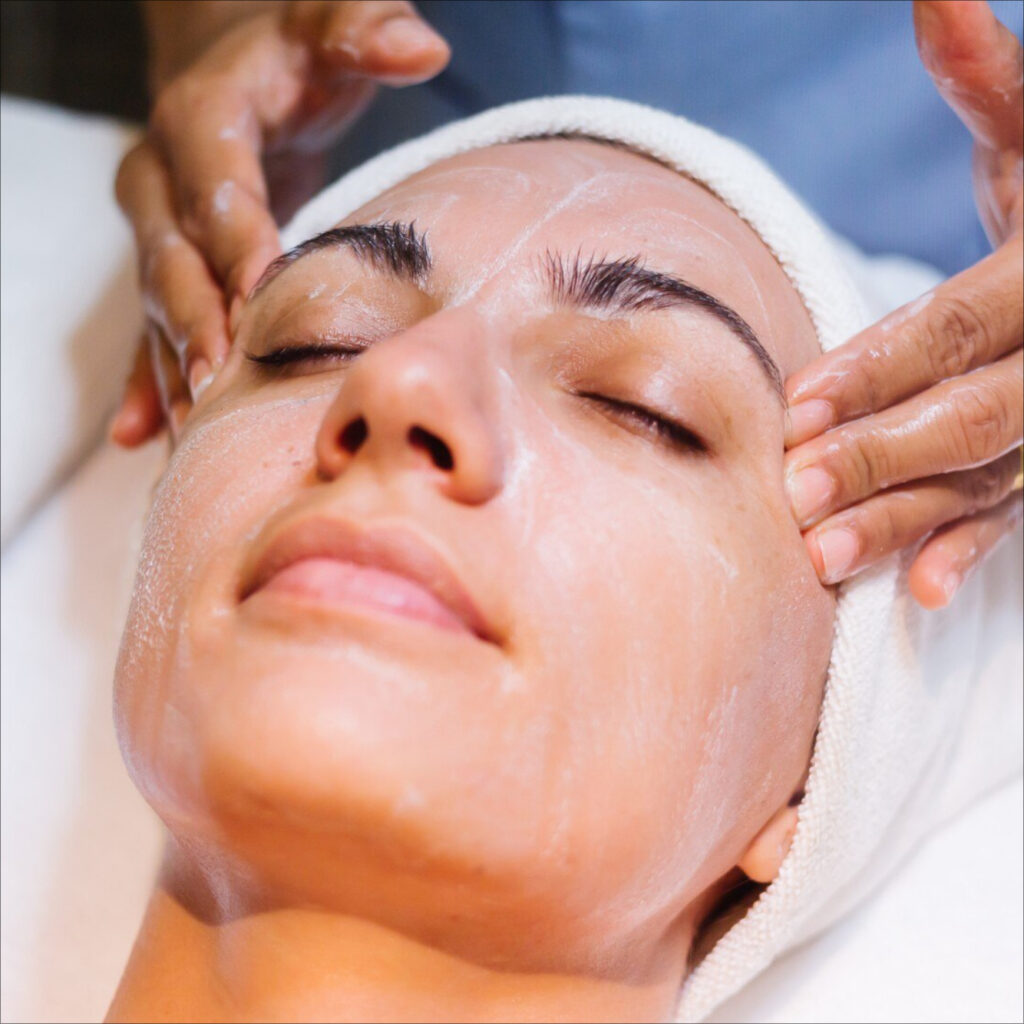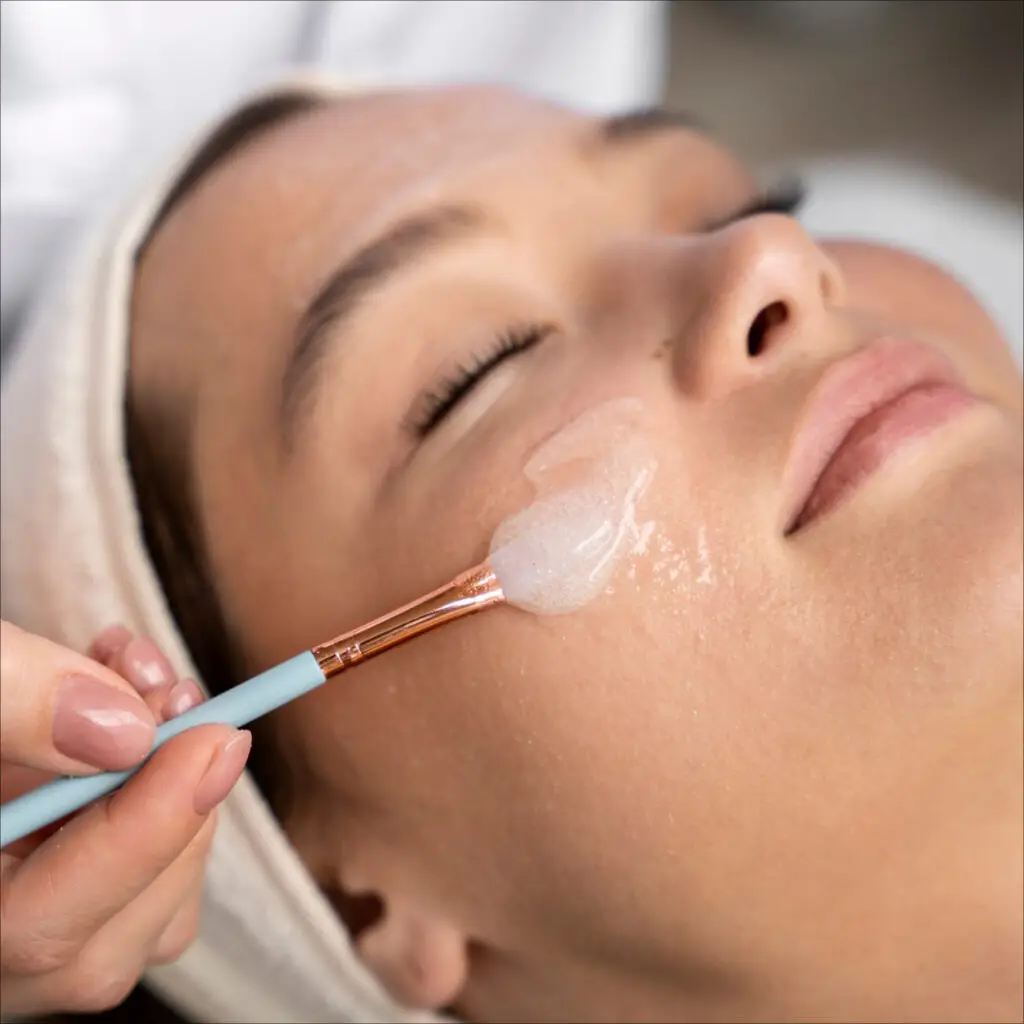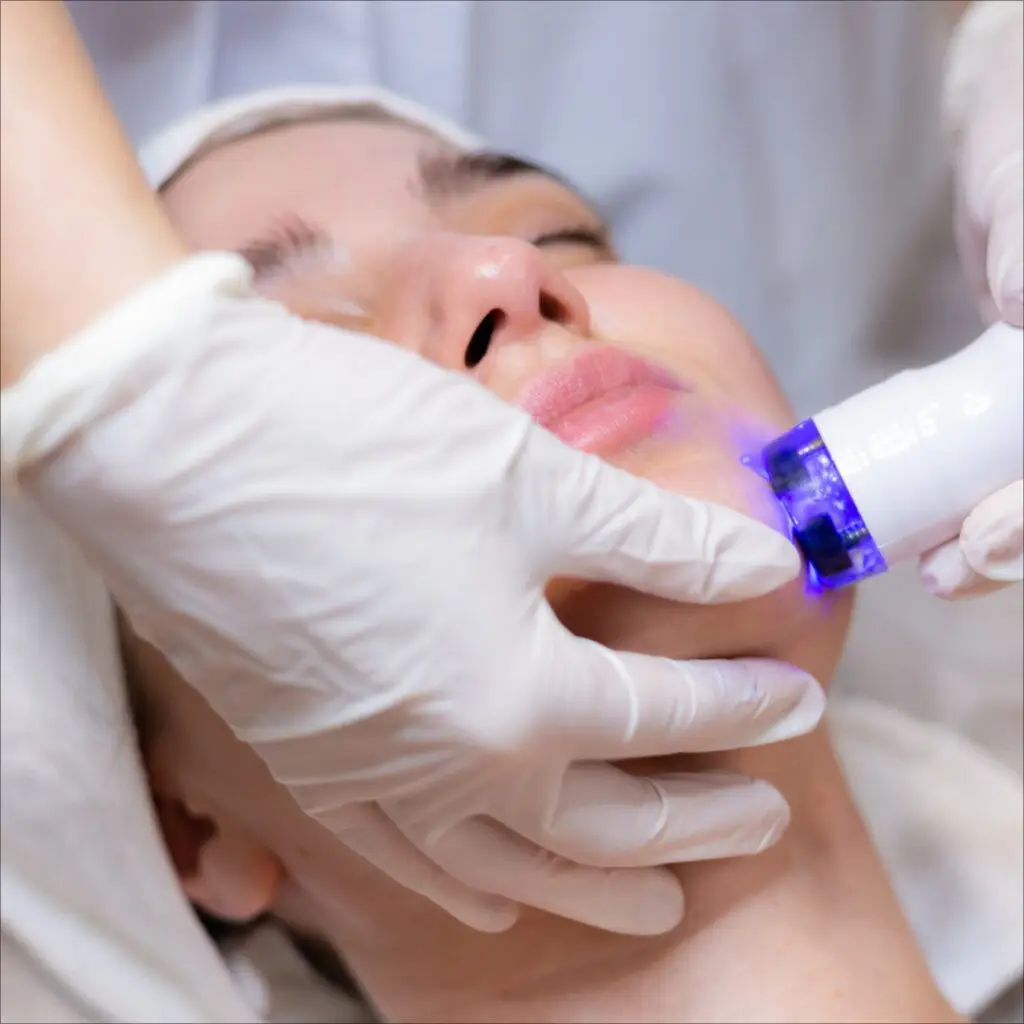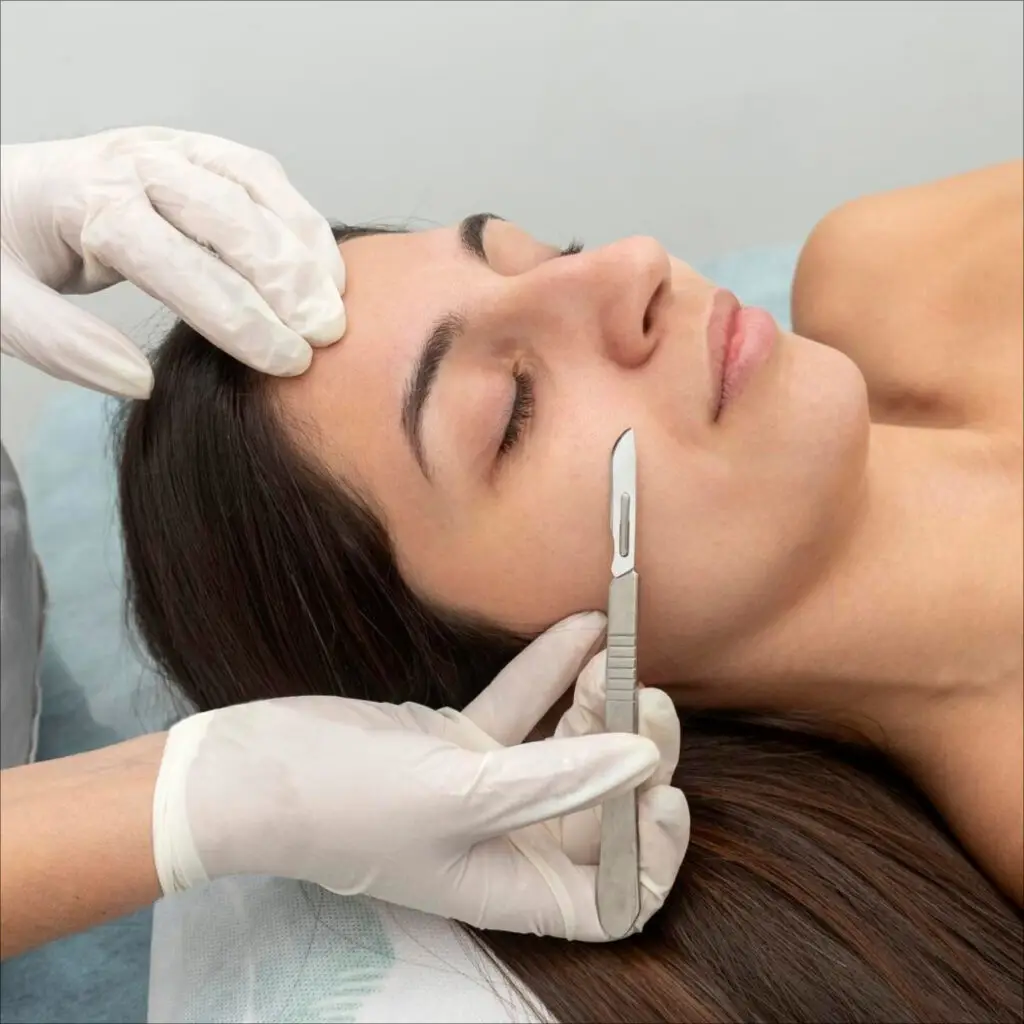8 Common Causes Of Skin Aging
- Sun Exposure
- Loss Of Skin Elasticity
- Gravity
- Loss Of Facial Fat
- Repetitive Muscle Movements
- Environmental Factors
- Lifestyle Choices
- Hormonal Changes
Sun Exposure
Sun exposure, or photoaging, occurs when ultraviolet (UV) rays from the sun or tanning beds penetrate the skin, damaging its cellular structure. These rays, both UVA and UVB, trigger oxidative stress and disrupt DNA repair mechanisms in skin cells. Over time, this cumulative damage alters the skin’s foundational proteins, accelerating visible aging signs.
UV rays break down collagen and elastin, leading to wrinkles, fine lines, and a leathery texture that make the skin look prematurely aged. Sunspots and uneven pigmentation emerge, particularly on the face, hands, and chest, creating a mottled appearance. Severe exposure can cause sagging and a loss of youthful firmness, often prompting aesthetic concerns.
I can’t stress enough how vital sun protection is to keeping your skin youthful, and it’s never too late to start. Every day, apply a broad-spectrum SPF 30+ sunscreen, even if it’s cloudy, and reapply every two hours if you’re outdoors. Wearing a wide-brimmed hat, UV-protective clothing, and sunglasses, while avoiding the sun between 10 a.m. and 4 p.m., will shield your skin from harmful rays and help preserve its glow.
Loss of Skin Elasticity
Loss of skin elasticity is the natural decline in collagen and elastin production as we age, influenced by genetics and lifestyle factors. These proteins provide the skin’s stretch and snap-back ability, but their reduction weakens the skin’s structure. External factors like smoking or poor nutrition can accelerate this process, making it a common concern.
Without sufficient elasticity, the skin sags, forming wrinkles, jowls, and loose areas around the eyes, neck, and cheeks. This loss creates a tired or aged appearance, as the skin struggles to maintain its youthful firmness. Fine lines deepen over time, especially in areas prone to movement or gravity’s pull.
Keeping your skin elastic starts with a proactive approach, and I’m happy to guide you through it. Incorporate a daily skincare routine with retinoids, peptides, or growth factors to stimulate collagen production, and eat a diet rich in vitamin C and antioxidants to support skin health. Avoiding smoking and excessive alcohol is crucial, as these habits break down collagen faster, so making these lifestyle changes now can make a big difference in how your skin ages.
Gravity
Gravity is the constant downward force acting on your skin and underlying tissues, becoming more noticeable with age. As collagen and fat diminish, the skin and muscles lose their ability to resist this pull. This natural force compounds other aging factors, making it a key contributor to facial changes.
Gravity causes sagging of the cheeks, jowls, and eyelids, altering the face’s youthful contours. It deepens nasolabial folds and creates a droopy, tired appearance over time. These changes can make patients feel their face no longer reflects their vibrant energy.
While we can’t stop gravity, you can take steps to minimize its impact on your skin, and I’m here to help you navigate this. Start early with treatments like radiofrequency or ultrasound to keep your skin firm, and consider a skincare routine with collagen-boosting ingredients like retinoids. Maintaining a healthy weight and practicing good posture can also support your skin’s structure, so let’s work together to keep your face lifted and youthful for as long as possible.
Loss of Facial Fat
Loss of facial fat is the age-related reduction or shifting of subcutaneous fat in areas like the cheeks, temples, and under-eyes. This fat provides youthful volume, but its depletion is driven by genetics, aging, or weight fluctuations. The redistribution of fat can create an uneven or hollowed facial structure.
Fat loss results in a gaunt, hollowed appearance, making the face look tired or aged. It accentuates wrinkles and sagging, as the skin drapes over a less supportive framework. Under-eye hollows and flattened cheeks are common complaints that drive patients to seek treatment.
Preserving your facial volume is easier than you might think, and I’d love to share some practical tips with you. Maintain a stable weight to avoid rapid fat loss, and eat a balanced diet with healthy fats like avocados and nuts to nourish your skin from within. Staying hydrated keeps your skin plump, so make drinking plenty of water a daily habit to support that youthful fullness we all want.
Repetitive Muscle Movements
Repetitive muscle movements occur when facial muscles contract during expressions like frowning, squinting, or smiling. These contractions create dynamic wrinkles by repeatedly folding the skin in the same areas. Over time, the skin’s reduced elasticity makes these lines permanent.
Dynamic wrinkles, such as crow’s feet, forehead lines, and glabellar lines, become etched into the skin, aging the face. These lines can make you appear stressed or tired, even when relaxed. As elasticity wanes, static wrinkles form, prompting many to seek aesthetic solutions.
You can keep those expression lines at bay with some simple habits, and I’m here to walk you through them. Start using neuromodulators like Botox preventatively in your 20s or 30s to relax muscles before deep lines form, and wear sunglasses to reduce squinting in bright light. Managing stress through mindfulness or relaxation techniques also helps, as it minimizes unconscious frowning, so let’s find a routine that works for you to keep your face smooth and expressive.
Environmental Factors
Environmental factors include exposure to air pollutants, toxins, and harsh weather conditions like wind, cold, or dry air. These stressors generate free radicals that damage skin cells and impair their repair processes. Urban living or frequent outdoor exposure heightens this risk, affecting skin health over time.
Pollutants and weather cause dullness, uneven tone, and fine lines by accelerating oxidative stress in the skin. Clogged pores and inflammation from environmental debris can exacerbate aging signs. The result is a tired, lackluster complexion that patients often seek to rejuvenate.
Protecting your skin from environmental damage is something you can start today, and I’m excited to share how easy it can be. Use a daily antioxidant serum with vitamin C or E to neutralize free radicals, and cleanse your skin thoroughly each night to remove pollutants. In dry or harsh climates, a humidifier and hydrating skincare with ceramides can keep your skin’s barrier strong, so let’s build a routine that shields your complexion and keeps it radiant.
Lifestyle Choices
Lifestyle choices, such as smoking, poor diet, dehydration, chronic stress, and insufficient sleep, significantly impact skin health by introducing toxins, elevating cortisol, and depriving the body of essential nutrients. Smoking constricts blood vessels, while inadequate nutrition or water intake impairs cell repair, and stress or lack of sleep disrupts collagen production and skin regeneration. These habits, often intertwined, compound over time, accelerating the aging process and altering the skin’s structure.
These choices lead to deep wrinkles, particularly around the mouth from smoking, and a dull, sallow complexion from reduced oxygen and nutrient delivery. Poor diet and dehydration cause dry, thinning skin, while stress and sleep deprivation create fine lines, under-eye bags, and sagging due to collagen breakdown. Together, they result in a tired, prematurely aged appearance that prompts patients to seek rejuvenation.
I know life can get busy, but making mindful lifestyle choices is one of the most powerful ways to keep your skin looking vibrant, and I’m here to help you find what works for you. If you smoke, quitting is the best step you can take, and using antioxidant-rich skincare with vitamin C can repair some of the damage while you transition. Eating a colorful diet full of fruits, vegetables, and healthy fats, drinking at least eight glasses of water daily, and aiming for 7–9 hours of quality sleep each night will nourish your skin from within, while practicing stress-relief techniques like meditation or yoga can lower cortisol and keep your complexion glowing, so let’s work together to build habits that make your skin thrive.
Hormonal Changes
Hormonal changes, particularly during menopause or andropause, involve declining levels of hormones like estrogen that regulate skin physiology. Estrogen supports collagen production, skin thickness, and oil gland activity, so its reduction alters skin structure. These shifts are natural but can be exacerbated by stress or medical conditions.
Hormonal decline leads to dry, thinning skin that sags and forms wrinkles more easily. Uneven pigmentation and reduced elasticity create an aged appearance, especially around the face and neck. Patients often notice a loss of radiance and seek treatments to restore vibrancy.
Navigating hormonal changes can feel challenging, but I’m here to help you protect your skin through this transition. Use a moisturizer with hyaluronic acid or ceramides to combat dryness, and incorporate retinoids into your skincare routine to boost collagen and keep your skin firm. If appropriate, we can discuss hormone replacement therapy with your primary care provider to support overall skin health, so let’s create a plan that keeps your complexion glowing and resilient.
